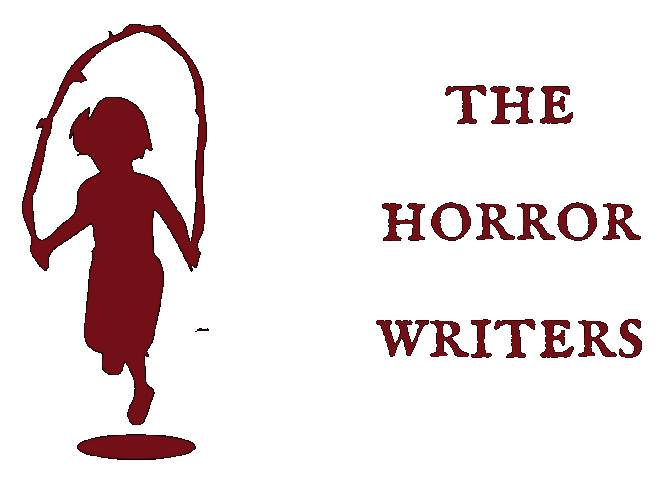The Alien series has walked a crooked line in the sci-fi genre. What began as a sci-fi/horror franchise quickly gave way to sci-fi-action leanings with the release of Aliens and ensuing sequels. Eventually the franchise crossed over into B-film territory (Alien V. Predator, anyone?) before director Ridley Scott attempted a return to seriousness with Prometheus. In terms of genre, it is truly a meandering franchise.
Of course, for my tastes, straight horror is the way to go. The new trailer for Alien: Covenant looks promising in that regard. What few glimpses it offers seem to make excellent use of shadow and dark atmosphere, contrasted with a blisteringly exposed chest-bursting scene, all of which signal a return to the techniques of tasteful horror film making.
But sequels to Alien are, by their nature, flawed. I’ll go so far as to say that no Alien sequel will ever be as unnerving as the original. What ruins further installments is the viewer’s foreknowledge of the Alien universe as he or she experiences each new film. Director Ridley Scott seems hell-bent on clearly delineating the Alien mythos with his continued installments, thus reducing the audience’s discomfort with each sequel.
I wasn’t yet born when the Alien was released in 1979, but I can imagine what it might have been like to be in that audience. For someone who’s never heard of the Xenomorph, the experience of watching one reproduce must have been, well, alienating. The discovery of the downed alien spacecraft and the room of eggs on LV426 conveys a sense of dread, mystery, and foreboding, accentuated by the copious darkness in the atmosphere. The original chest-bursting scene, with no previous knowledge of what would take place, would have induced an incredible helpless anxiety, like being on a roller coaster you aren’t sure is safe. The entire process, from face-hugger to chest-bursting to the acid blood, is a horrific exploration that the crew of the Nostromo desperately does not want, but thanks to the claustrophic confines of the ship, have to endure. It is a plot designed to make its viewer feel estranged from normalcy and hopeless. In order to achieve that effect, the viewer must also find it strange and new.
 H.R. Giger’s original artwork would eventually become the Xenomorph.
H.R. Giger’s original artwork would eventually become the Xenomorph.
In addition to the strangeness of the Xenomorph life cycle, one should also consider the appearance of the beast itself. Surrealist artist H.R. Giger designed the Xenomorph to be at once horrifying and alluring. Importantly, it lacks eyes, preventing audience empathy and projection, and adding a level of unpredictability to the creature’s actions. As whatculture.com notes, there is also a certain rapey sexuality in the construction of the Xenomorph, such as its phallic inner mouth, or the shape of its elongated dome. As some have pointed out, it is a creature which is meant to embody rape itself, in form and deed. An audience’s first view of the xenomorph is at once familiar and unusual in a most unsettling way that requires repeated viewings to get used to. And yet, with the years, sequels, and community formed around the film, a collective desensitization has been accomplished.
Of course, this phenomenon goes along with any monster that stars in multiple installments of a franchise. With Alien, however, the very purpose of the film is to immerse its audience in an uncomfortable strangeness. Without that strangeness, the film makes considerably less of an impact. James Cameron brilliantly circumvented this problem, either intentionally or unintentionally, by turning the franchise from horror to action. In doing so, he created a different kind of satisfying experience, but not a scary one. We horror addicts have been hard pressed to find a post-1979 Alien experience to be anywhere near as nightmare-inducing.
With this in mind, the only way Alien: Covenant can live up to its horror origins is by introducing aspects of the universe the fans haven’t seen yet. Doing that risks losing the original film’s concision, however, and could easily tip over into ridiculousness. I maintain a cautious optimism about the new film, but I expect it will seem more like an impersonation of the original rather than a unique installment worthy of consideration on its own.



